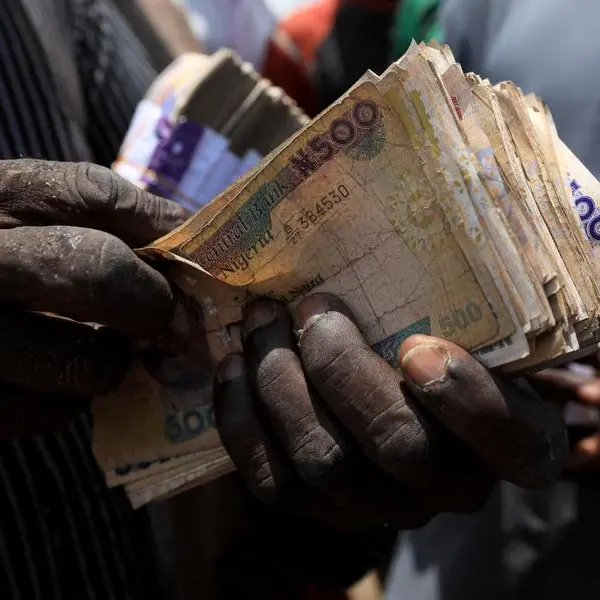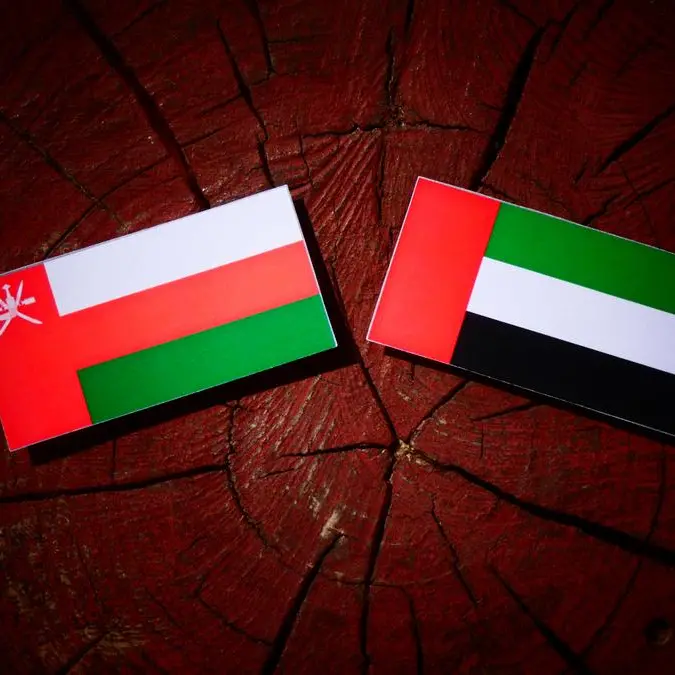PHOTO
Oman will continue to prioritise greater private sector integration into the economy as outlined in the draft Vision 2040 social and economic framework, which places specific emphasis on small and medium-sized enterprises (SMEs) and the non-hydrocarbons sector.
Released during the Oman 2040 Future Vision National Conference, which took place in Muscat on January 26 and 27, the preliminary document characterises the development of a competitive, globally connected private economy as central to long-term growth plans.
This will coincide with the scaling back of the government’s role in driving economic expansion; instead, the plan envisions it will have more of a regulatory and oversight function.
Building on the existing five-year development plan, the draft also forecasts increased input from the non-oil sector.
The composition of GDP is pegged to shift from the current 40:60 split between the hydrocarbons and non-oil sector to 15:85 by 2030. This trend is expected to continue to 2040, when hydrocarbons are expected to account for just 7% of GDP.
The recent conference gave local and international players the opportunity to discuss the draft and shape the content of the final Vision 2040 document, the sultanate’s long-term social and economic framework, which is expected to be released in the first quarter of this year.
SMEs key to long-term economic growth
In order to achieve these goals, officials have placed a strong emphasis on developing small businesses.
SMEs account for around 15% of GDP, a figure the Public Authority for the Development of SMEs (Riyada) has forecast will double in the medium term as opportunities are created.
While this is still well below the global average of around 50%, such an expansion will help diversify the country’s economic base.
The preliminary Vision 2040 document outlines plans to support SMEs by building strategic relationships with larger corporations, while the current five-year plan features a similar initiative to boost small businesses by offering technical support to promising enterprises.
The government forecasts that the initiative, implemented in 2017, will create 1878 job opportunities and contribute OR13.5m ($35.1m) to GDP by 2020.
Additional support mechanisms include the allocation of land to SMEs in various regions across the country, and government initiatives that require many state projects to offer 10% of public purchases and tenders directly to SMEs.
This small business development strategy is also expected to help provide employment opportunities for Omani youth, given that one-third of the estimated 2.5m nationals are between the ages of 15 and 29.
Although the national unemployment rate was recorded at just 1.8% in December, according to National Centre for Statistics and Information (NCSI), the figure was 5.4% for people between the ages of 15 and 24, with women in this age bracket experiencing an unemployment rate of 13.8%.
Funding key to private business growth
While the government has unveiled a series of plans designed to boost private sector participation in the economy, success will largely depend on the flow of credit to businesses.
Credit to the private sector rose by 4.9% year-on-year in December to OR22bn ($57.2bn), according to the Central Bank of Oman (CBO), reflecting the solid upwards trend seen throughout 2018.
This growth has been supported by the CBO’s decision in April last year to relax the minimum capital adequacy ratio from 12% of risk-weighted assets to 11% to help free up credit to the private sector.
However, while overall credit is increasing, securing adequate funding remains a challenge for small businesses. According to the National Programme for Enhancing Economic Diversification, released in July 2017, SMEs received just 13% of total credit, with the perceived high-risk nature of such investment seen as a deterrent for many would-be investors.
In OBG’s third Business Barometer: Oman CEO Survey, released in December, 37% of CEOs described credit access as difficult or very difficult; this figure rose to 43% for firms with 200 or fewer employees and 56% for those with 100 or less.
In an effort to help address this, in August domestic companies Bank Nizwa and the Zubair Small Enterprises Centre signed a deal that would see the bank offer its commercial banking services to Zubair’s database of clients.
© Oxford Business Group 2019











